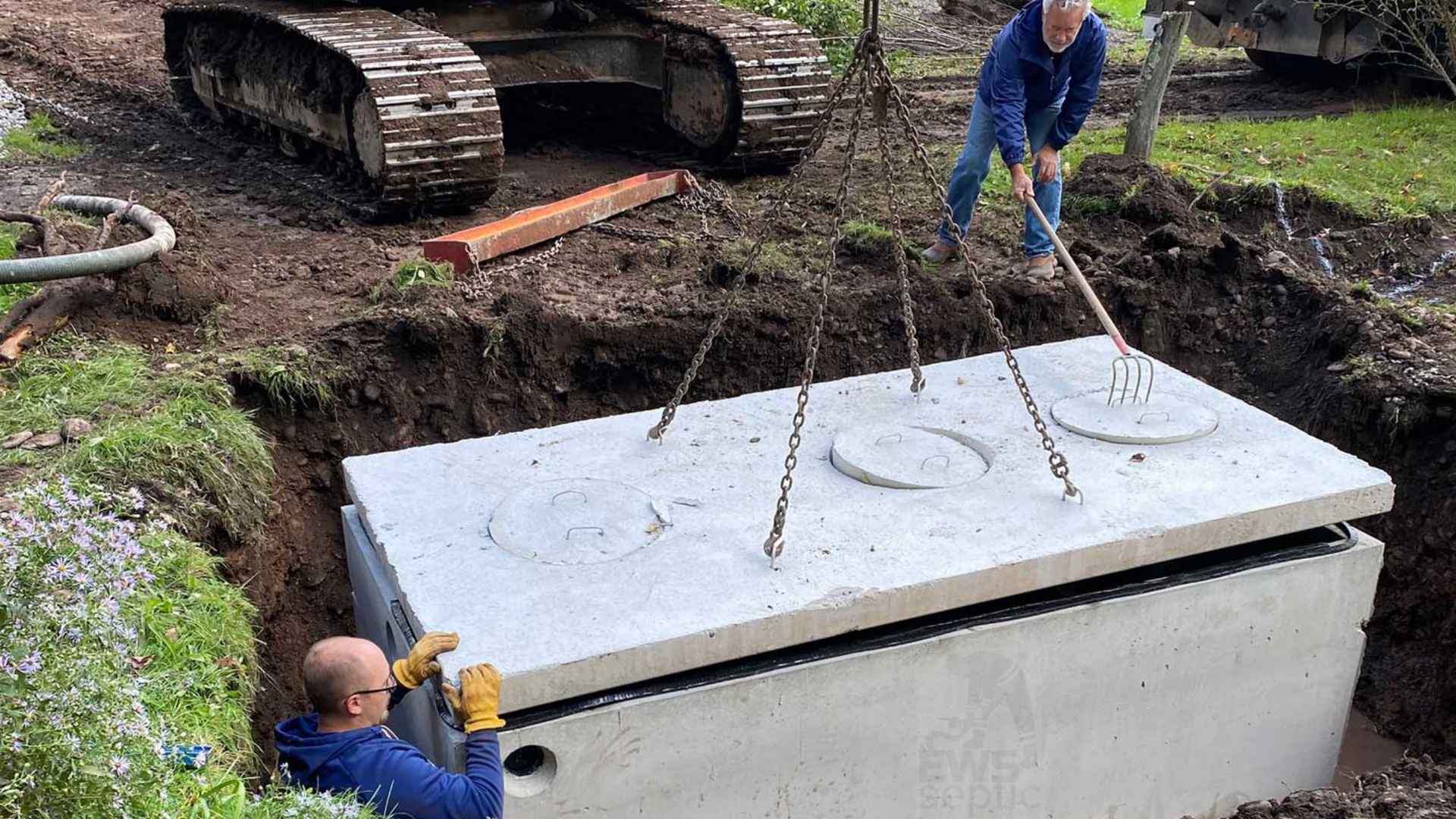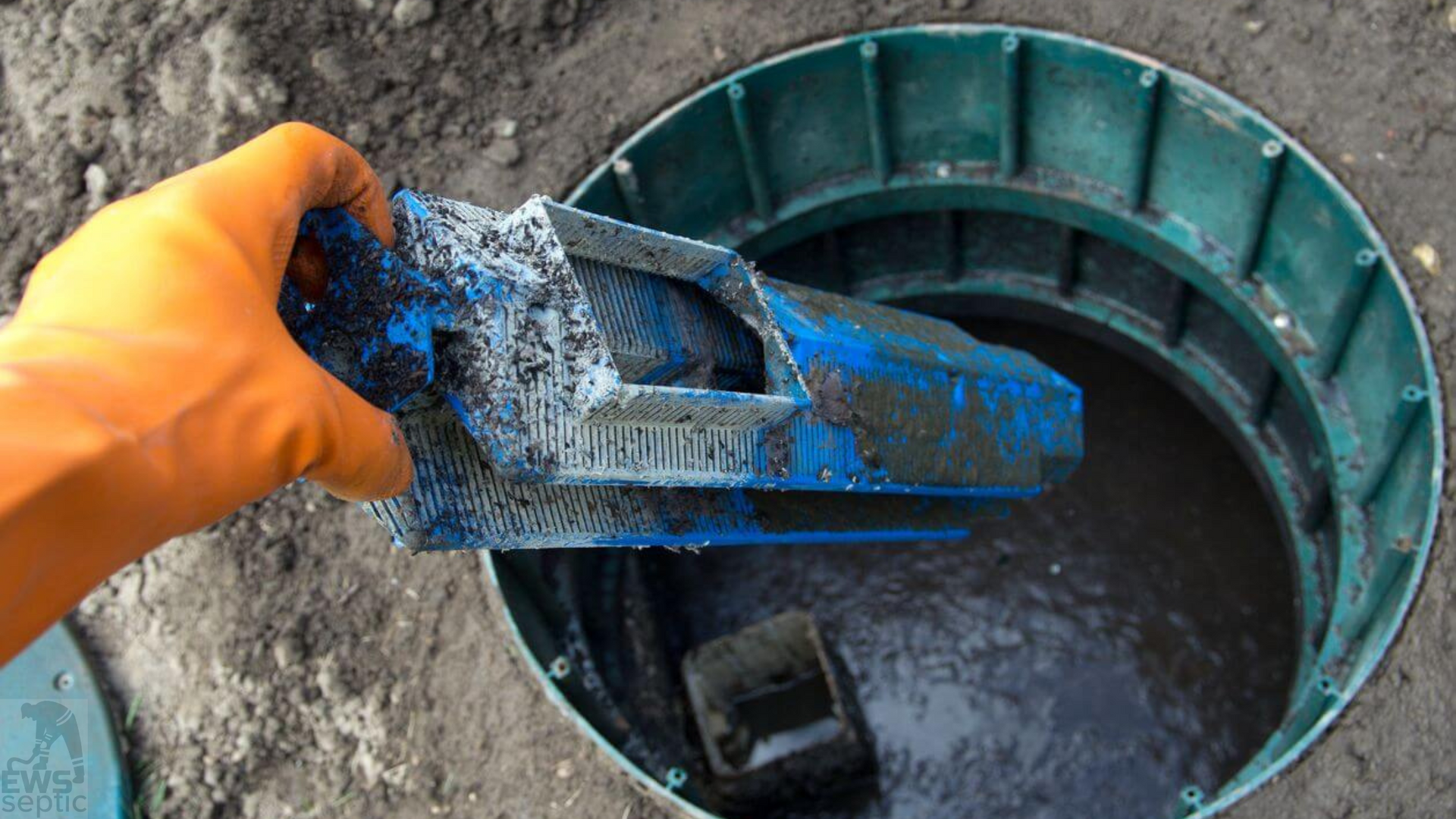Common Septic Issues
Common Septic Issues and How to Solve Them

Welcome to our guide on common septic issues and how to solve them. As a homeowner with a septic system, it's important to be aware of the potential problems that can arise and know how to address them effectively. In this article, we will explore some of the most common septic issues. We will also provide practical solutions to help you maintain a healthy and functional septic system.
Key Takeaways
Before we delve into the details, let's take a quick look at the key takeaways you'll learn from this article:
- The causes and signs of common septic issues.
- Practical solutions to address clogged pipes and drainfield problems.
- Strategies for dealing with septic tank backups.
- How to identify and fix a leaking septic system.
- The importance of regular maintenance to prevent septic issues.
Clogged Pipes and Drainfield Issues
Causes of Clogged Pipes and Drainfield Issues:
Excessive water usage can overload the septic system. Running multiple appliances simultaneously can overload the septic system. Taking long showers or using excessive water can also overload it. This overload can strain the pipes and the drainfield, leading to clogs and backups.
Flushing non-biodegradable items down the toilet can cause significant damage to the septic system. Items like wipes, feminine hygiene products, and paper towels do not break down easily. They can clog pipes, affecting the drainfield's performance.
Signs of Clogged Pipes:
Recognizing the signs of clogged pipes is essential for prompt action and prevention of further damage. Watch out for the following indicators:
- Slow drains: If water takes longer than usual to drain from sinks, showers, or toilets, it may indicate a partial or complete pipe blockage.
- Gurgling sounds: Unusual noises, such as gurgling or bubbling sounds coming from drains or toilets, can be a sign of clogged pipes.
- Multiple fixture backups: If multiple fixtures, such as sinks, showers, or toilets, are experiencing backups simultaneously, it suggests a clog in the main drainpipe.
Solutions for Clogged Pipes and Drainfield Issues:
Prompt action is crucial when dealing with clogged pipes and drainfield issues. Here are some practical solutions to address these problems:
- Use a plunger or drain snake: For minor clogs, a plunger or drain snake can often do the trick. Apply steady pressure and repetitive motions to dislodge the blockage.
- Avoid chemical drain cleaners: Chemical drain cleaners may seem like an easy fix, but they can harm the septic system. These harsh chemicals can kill the beneficial bacteria responsible for breaking down waste in the septic tank.
Implement proper drainfield maintenance practices:
To prevent drainfield issues, avoid heavy vehicle traffic over the drainfield area. Also, plant shallow-rooted vegetation. Deep-rooted trees or shrubs can infiltrate the drainfield pipes and cause blockages.
Septic Tank Backups
Causes of Septic Tank Backups:
- Lack of regular pumping:
Over time, solid waste accumulates in the septic tank, and if not pumped regularly, it can lead to backups and system failure. - Excessive solid waste accumulation:
Flushing excessive amounts of solid waste, such as diapers or sanitary products, can overwhelm the septic system. This causes backups.
Signs of Septic Tank Backups:
- Foul odors:
Unpleasant odors around the drains, toilets, or septic tank area may indicate a septic tank backup. - Slow drains:
If water drains slowly from sinks, showers, or toilets, it could be a sign of septic tank issues. - Sewage backups in toilets or sinks:
Complete blockages in the septic system can result in sewage backups. They require immediate attention.
Solutions for Septic Tank Backups:
- Check the tank's inlet and outlet pipes:
Blockages in the inlet or outlet pipes can cause backups. Inspect these pipes and remove any obstructions if found. - Use septic-safe bacteria treatment:
Adding septic-safe bacteria treatments can help break down solid waste in the tank. This can help restore proper functioning. - Contact a professional for pumping and repairs:
If the backups persist, or the septic tank is overdue for pumping, it's essential to contact a professional for pumping and any necessary repairs.
Leaking Septic System
Causes of a Leaking Septic System:
- Damaged pipes:
Cracked or damaged pipes in the septic system can lead to leaks and contamination of the surrounding area. - Compromised drainfield:
Soil compaction, root intrusion, or excessive water saturation can compromise the drainfield's ability to properly treat wastewater. This can result in leaks.
Signs of a Leaking Septic System:
- Wet spots in the yard:
Persistent wet spots or pooling of water in the yard, especially near the drainfield area, may indicate a leaking septic system. - Overly lush vegetation:
If certain areas of the yard have exceptionally lush vegetation, it could be a sign that the drainfield is leaking. The leak provides excess moisture to the plants. - Foul odors:
Strong, unpleasant odors around the septic tank or drainfield area may indicate a leak in the system.
Solutions for a Leaking Septic System:
If you suspect a leaking septic system, it's crucial to contact a professional for inspection and repairs. They can inspect the system, identify the source of the leak, and perform any necessary repairs.
Consider drainfield replacement if necessary. In some cases, a compromised drainfield may need replacement. This ensures proper wastewater treatment. A professional can assess the situation and recommend the best course of action.
Septic System Maintenance Best Practices
To ensure the longevity and optimal performance of your septic system, regular maintenance is vital. By following these best practices, you can prevent common septic issues. This will help you avoid costly repairs or replacements in the future.
Proper maintenance significantly extends the lifespan of your septic system. Regular maintenance helps minimize the risk of clogs, backups, and system failures. Routine pumping and inspections are part of regular maintenance. It allows for the early detection and resolution of potential problems. This keeps your system running smoothly.
Here are practical tips for maintaining your septic system
- Schedule regular pumping every three to five years. Professional septic tank pumping removes accumulated solid waste and maintains proper functionality.
- Conserve water to prevent overloading the septic system. Fix plumbing leaks promptly. Consider water-efficient fixtures. Adopt practices like taking shorter showers and spreading out laundry loads.
- Be mindful of what goes down your drains and toilets. Only flush biodegradable items and septic-safe toilet paper. Avoid pouring grease, chemicals, or too much household cleaners down the drains. They can disrupt the delicate balance of the septic system.
- Schedule periodic inspections with a professional septic service provider. Inspections allow experts to assess your system's condition. They also identify any potential issues early on and recommend necessary maintenance or repairs.
- Implement these practical maintenance tips. It will keep your septic system running smoothly and ensure its long-lasting functionality.
Conclusion
By understanding common septic issues and knowing how to solve them, you can effectively maintain a healthy septic system. Prompt action is crucial when addressing clogged pipes and drainfield issues. It is crucial when dealing with septic tank backups. It is also crucial when identifying and fixing a leaking septic system. Additionally, following proper maintenance practices will help prevent these issues from occurring in the first place.
For example, regular pumping, water conservation, and inspections are important. With this knowledge and proactive approach, you can ensure the longevity and functionality of your septic system.
All Rights Reserved | EWS Septic



